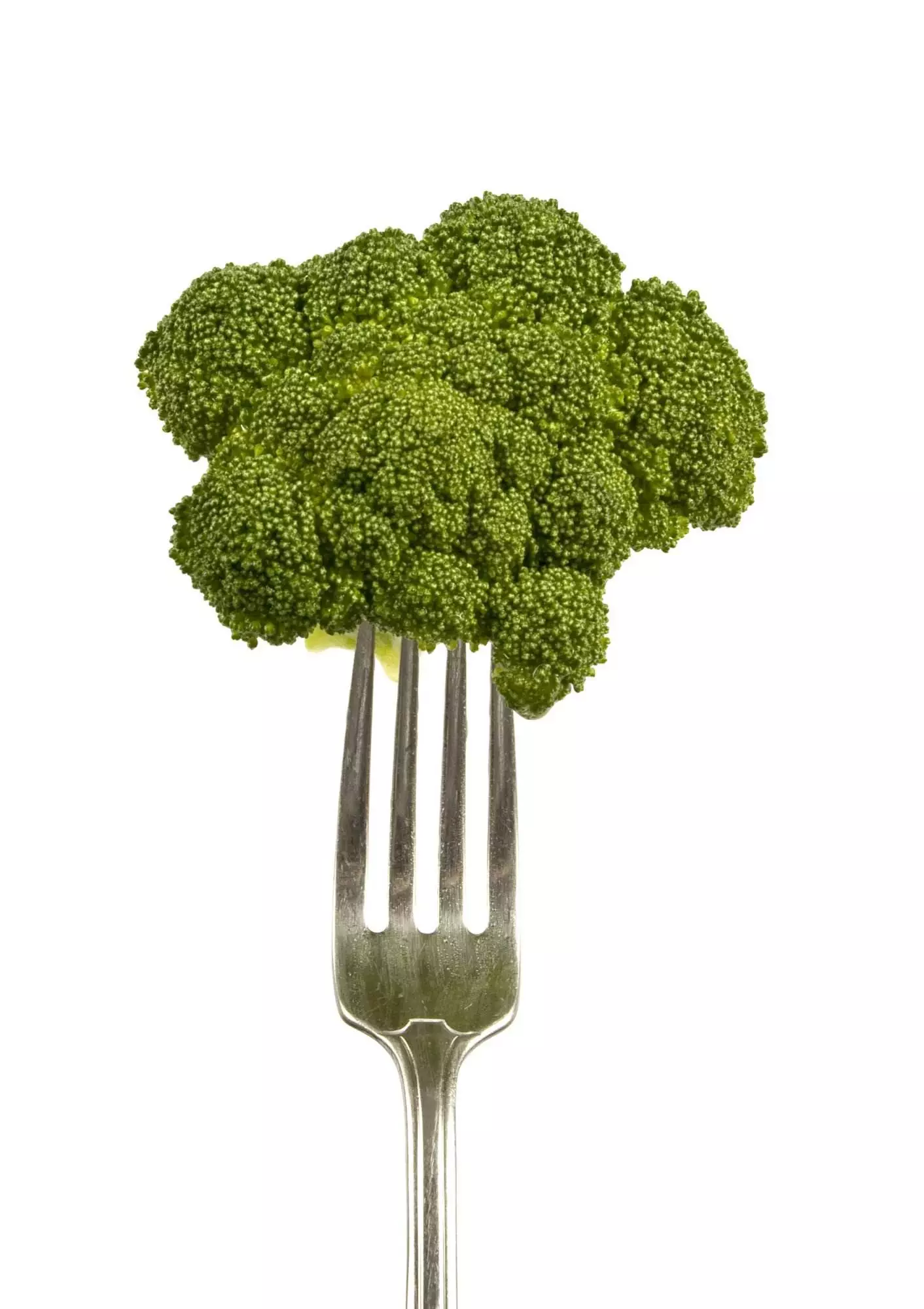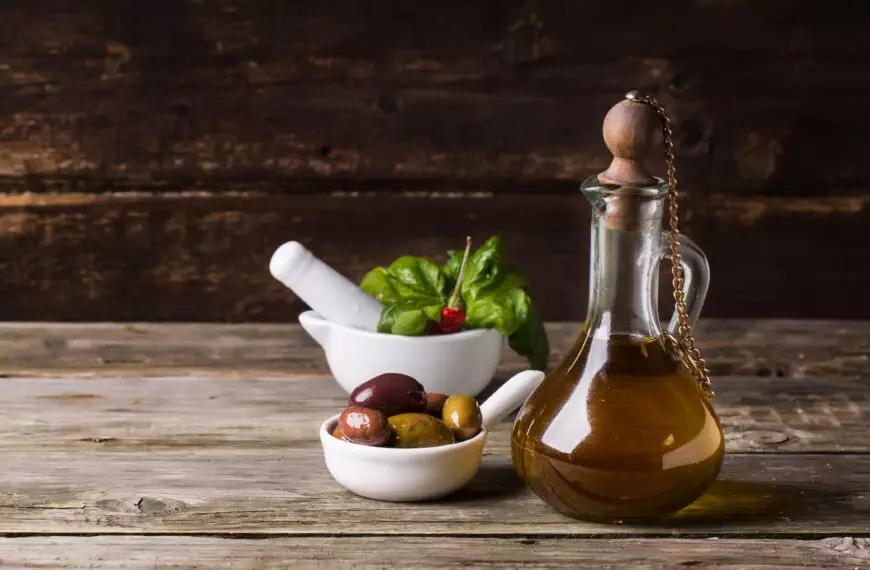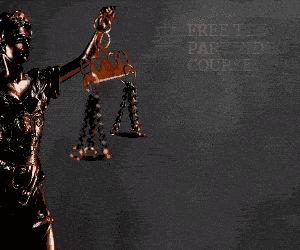Maintaining a balanced diet is important for overall health and well-being. A balanced diet provides the body with all the necessary nutrients, vitamins, minerals, and other important compounds that are required to function properly. In this guide, we will explore everything you need to know about achieving a balanced diet, including food lists, plates, and more.
Introduction to Balanced Nutrition
A balanced diet is one that includes a variety of foods from all food groups in appropriate proportions. It should consist of whole grains, fruits, vegetables, lean proteins, low-fat dairy products, nuts, seeds, and healthy oils. The key to a balanced diet is moderation and variety. You don’t have to eliminate any particular food group entirely; instead, aim to consume a Balance of different types of foods throughout the day.

The Importance of a Balanced Diet
A balanced diet has numerous benefits for your physical and mental health. It can help prevent chronic diseases such as heart disease, stroke, type 2 diabetes, certain cancers, and obesity. Additionally, it can improve cognitive function, boost immunity, increase energy levels, promote better sleep, and enhance mood.
How to End Sugar Addiction
Sugar is a major contributor to many health problems, including weight gain, high blood pressure, and insulin resistance. To end sugar addiction, start by reducing your intake gradually. Swap sugary drinks for water or unsweetened beverages, choose fresh fruit over packaged snacks, and opt for whole-grain bread instead of white bread. Also, read labels carefully and avoid processed foods that contain added sugars.
A Comprehensive Food List for a Balanced Diet
Here is a list of some of the best foods to include in a balanced diet:
Whole grains (brown rice, quinoa, oats)
Fresh fruits (berries, apples, bananas)
Leafy greens (spinach, kale, arugula)
Cruciferous veggies (broccoli, cauliflower, Brussels sprouts)
Legumes (lentils, chickpeas, black beans)
Lean protein sources (chicken breast, fish, tofu)
Low-fat dairy products (milk, yogurt, cheese)
Nuts and seeds (almonds, walnuts, pumpkin seeds)
Healthy oils (olive oil, avocado oil, coconut oil)
Understanding the Balanced Diet Plate
The USDA created the MyPlate guidelines to help people understand what a balanced plate looks like. Here’s how to create a balanced meal using the MyPlate guidelines:
1. Start with half a plate of colorful fruits and vegetables.
2. Fill one quarter of the plate with whole grains such as brown rice or quinoa.
3. Choose a lean protein source to fill another quarter of the plate.
4. Use a small side dish for healthy fats such as nuts, seeds, or avocado.
5. Drink plenty of water throughout the day.
Conclusion and Final Thoughts
Achieving a balanced diet may seem challenging at first, but it doesn’t have to be complicated. By incorporating a variety of whole foods into your meals and snacks, you can ensure that your body is getting all the vital nutrients it needs to thrive. Remember, moderation and variety are key when it comes to a balanced diet. So, go ahead and enjoy your favorite foods in moderation while focusing on consuming a diverse range of nutritious options.









